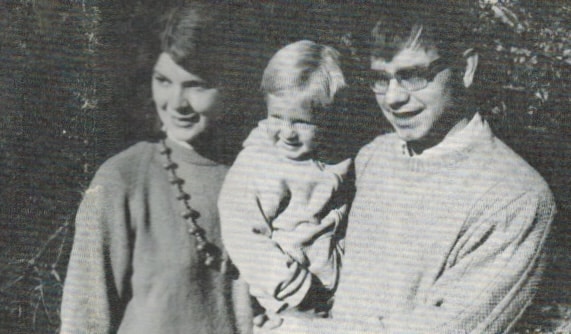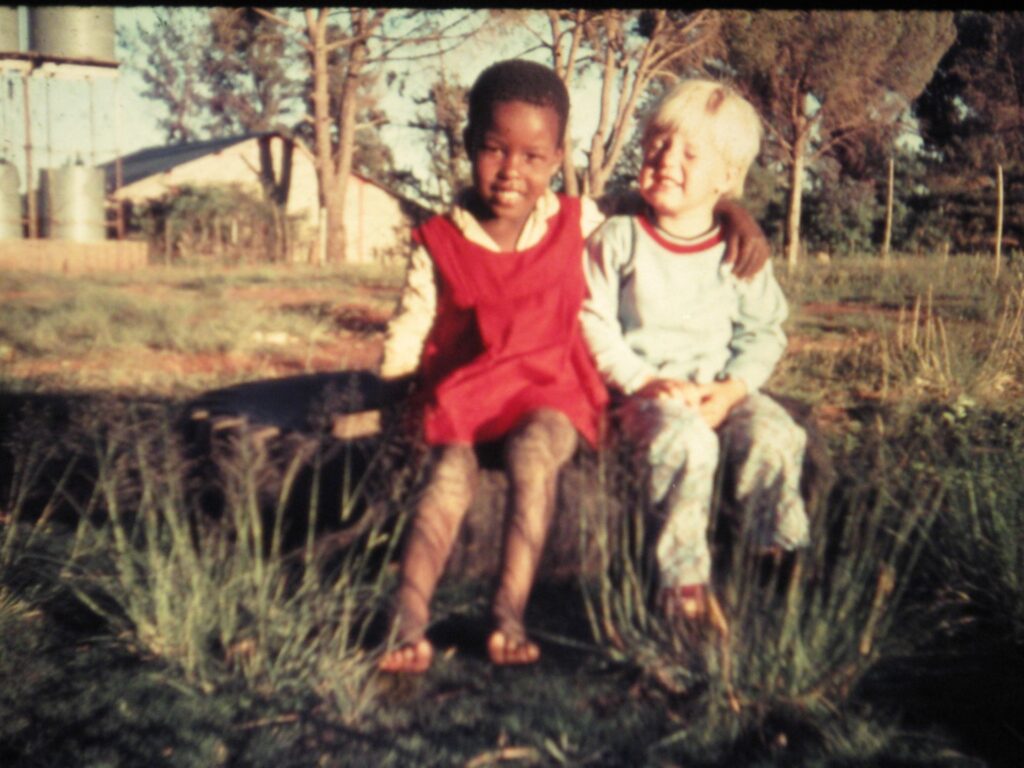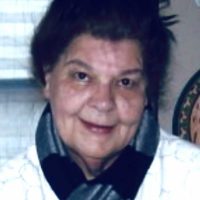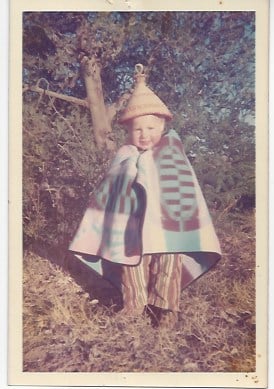Our son Jimmy was just one year old when Greg and I were sent to teach at a rural Lesotho boarding school on the outskirts of the small village of Ha Bareth. The trip was hard for all three of us: inoculations, a grueling 24-hour flight to the apartheid culture of Johannesburg, sleeping on wood benches in the airport while we waited for a connecting flight to Maseru.

Ten years after the Peace Corps was first created, Greg and I were one of the first couples with children that the Peace Corps accepted. Ours was a family experiment in international living that succeeded. When we arrived at our training site, Jimmy was quickly surrounded by the Basotho cooks, all of them mothers. While we attended language and culture classes, the cooks bonded with him. “How did you produce such a strong baby?” they asked. I told them he had been walking since he was nine months old.
Our assignment was to teach at the all-boys St. Monica Mission run by the Brothers of the Sacred Heart. The brothers adored Jimmy, and the students were wonderful and very respectful. They were dedicated to their studies because they knew that if they failed their exams, they would end up working in South Africa’s mines with all of their fathers, who could only come home for Christmas; most babies in the surrounding villages were born in September.
The boys at Sacred Heart gave Jimmy the name “Khotso”—meaning “Peace”—and I was called “’Mme Makhotso.”
Our school held double sessions to try to meet the great demand to educate so many boys, so there were two hours in our teaching days when Greg and I were both in classes. We paid two village girls, Natalia & Sylvia Jomane, to take care of Jimmy during this time. They spoke to him in Sesotho, helping him to learn the language, and brought him for walks into the village where he was embraced by the Basotho mothers.
Our closest friends were our Ha Bareth neighbors. Their five–year-old daughter, Lisebo, became Jimmy’s best friend and many other Basotho kids came to play with the two of them in our yard. They were all fascinated by Jimmy’s blonde hair and liked to touch it.

I washed Jimmy’s diapers by hand and hung them out to dry on a clothesline. It was so startling for our Basotho neighbors to see a white woman doing physical labor that often when I was hanging the diapers, 10-20 Basotho women would come into my yard just to watch me.
Lesotho is an independent country surrounded on all sides by The Republic of South Africa, but we were not allowed to cross the border into South Africa during the apartheid regime. We could travel to the Lesotho capital, Maseru, but we rarely were able to make the trip so my mother sent clothes and shoes for Jimmy. Sometimes Jimmy wore his Basotho blanket and hat just like the other Basotho kids and he preferred to be barefoot like them.
There were no books in most homes and when I read to Jimmy and Lisebo, the children came to listen. When I taught Jimmy and Lisebo to recite their numbers and sing the ABC song in the backyard, village kids joined in. Jimmy’s favorite was the body parts song—-“head, shoulders, nose, lips,…”—and our neighbors were amazed to hear Jimmy singing it in Sesotho.” “Kloho mahetla, nko lemolomu…
Jimmy came with me when I worked with some nuns from the mission’s clinic who wanted to persuade Basotho mothers that breast feeding of their babies was safer and more sustainable than using baby formula. The mothers were amazed to see how healthy and strong Jimmy was at such a young age. The six weeks of classes were given free of charge. Greg and I gave a $300 grant from our church back in Adams, Massachusetts for production of a booklet on breastfeeding. Each of the mothers in Sesotho who finished the course received a booklet. For most of the 25 or so mothers who graduated, it was the first book they ever owned.
Jimmy was an important part of our two years in Lesotho and he shared the reverse culture shock when we returned to the United States in 1973. He was homesick for Lesotho and his friend Lisebo. He was also afraid of cars, vacuum cleaners, and other sources of loud noise.
We all missed our quiet and fulfilling lives in Lesotho but we have stayed in touch with Lisebo and her three children. When Greg and I served as Peace Corps Response Volunteers in Swaziland in 2011, we spent time with Lisebo and her three children in Maseru, and in 2015, as private volunteers, we returned to St. Monica to see Lisebo’s mother, Mamonyane.






